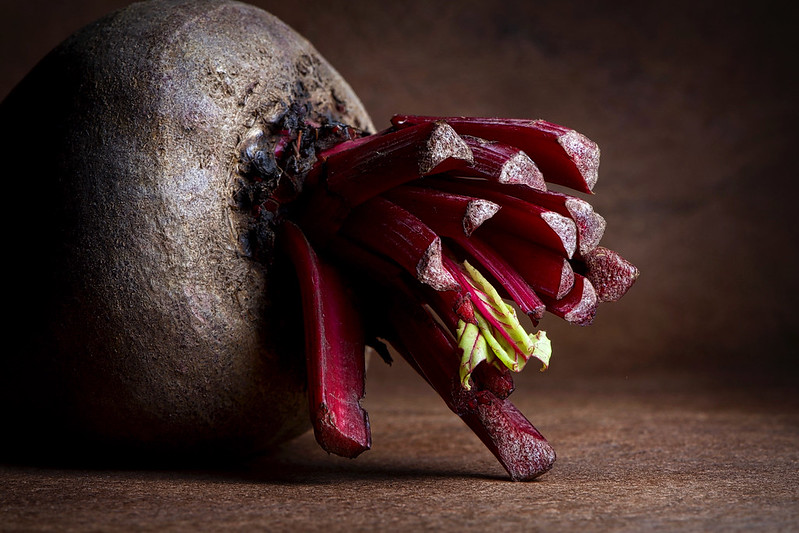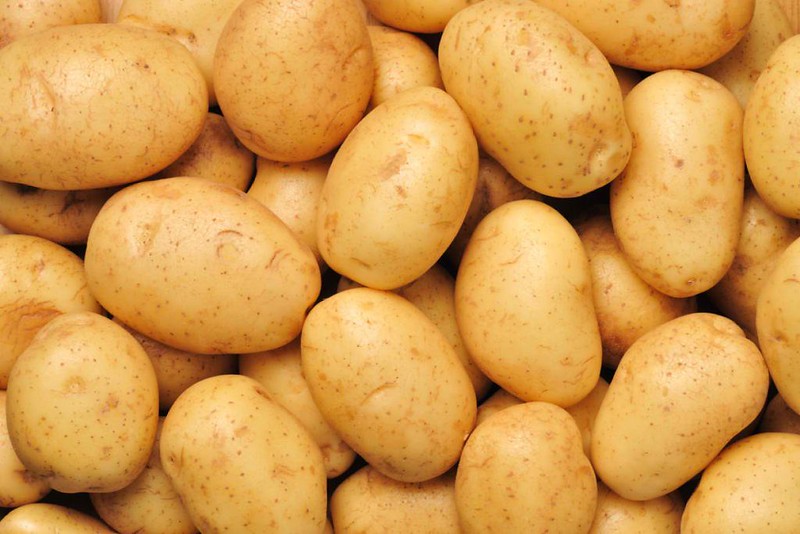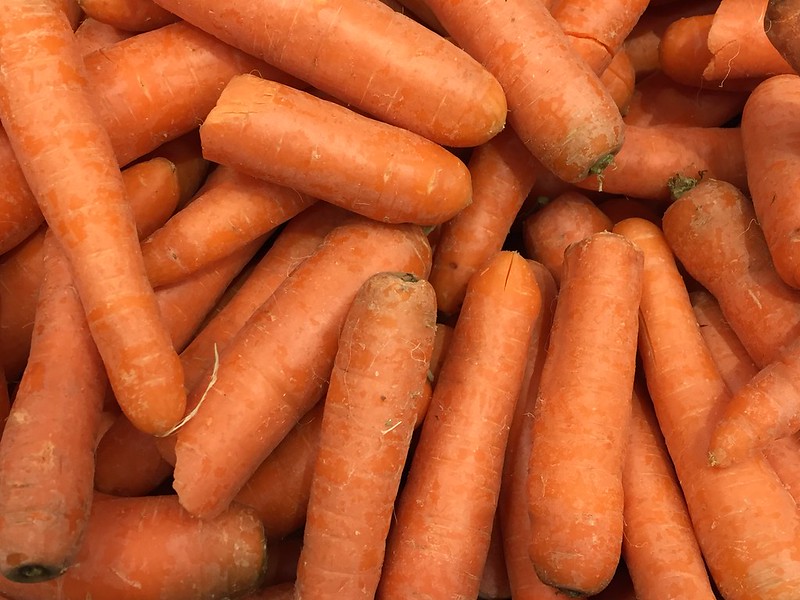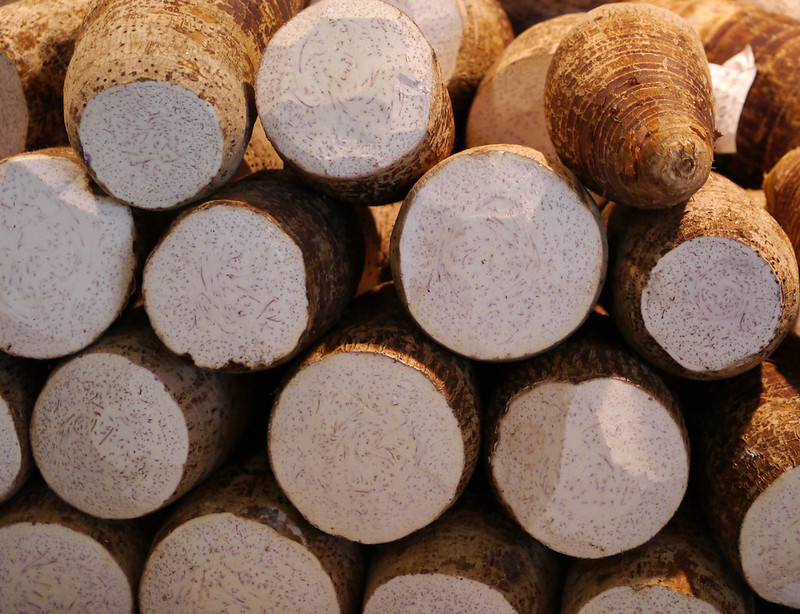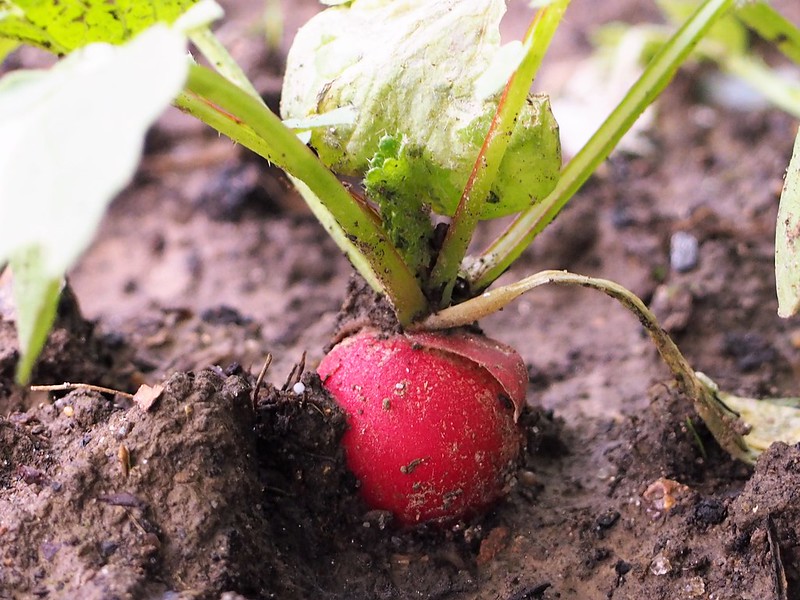Beetroot
Humans originally ate beet greens but not the thin and fibrous roots, which were occasionally used in medicine. The large beet leaves and stalks were consumed like chard, a close relative. Despite only growing well during spring and fall, beets were so well regarded in Ancient Rome and Greece that methods were developed for producing them during the hot summer months. The root part of the beet was cultivated for consumption in either Germany or Italy, first recorded in 1542. Its earliest form more closely resembled a parsnip rather than the bulbous shape were now familiar with, which began appearing near the end of the 1500s. This variety is thought to have evolved from a prehistoric North African root vegetable. Soon it became the most recognizable form of beet, but it wasnt a worldwide culinary success until two centuries later. Northeastern Europe was the first area to embrace the beet root as a dietary staple; it was valued as one of the only vegetables that grew well throughout winter.
In 1747 Andreas Sigismund Marggraf, a chemist from Berlin, discovered a way to produce sucrose from beets. His student, Franz Achard, perfected this method for extracting sugar, leading him to predict the inevitable rise of beet beer, tobacco and molasses, among other products. Though not entirely convinced that beets had a bright future, the King of Prussia eventually subsidized a sugar beet industry. The first plant was built in what is now western Poland. It turned out to be a solid investment. Today, around 20 percent of the world’s sugar comes from sugar beets. Beet sugar production requires 4 times less water than sugar cane production, making it an attractive crop throughout Europe as well as in more arid countries like Egypt.
Beets have long been considered an aphrodisiac in many cultures. Ancient Romans believed that beets and their juice promoted amorous feelings. Frescoes of beets decorate the walls of the Lupanare brothel in Pompeii. In Greek mythology, Aphrodite, the goddess of love, ate beets to enhance her appeal. This quaint folklore actually has a basis in reality. Beets are a natural source of tryptophan and betaine, both substances that promote a feeling of well-being. They also contain high amounts of boron, a trace mineral which increases the level of sex hormones in the human body.

